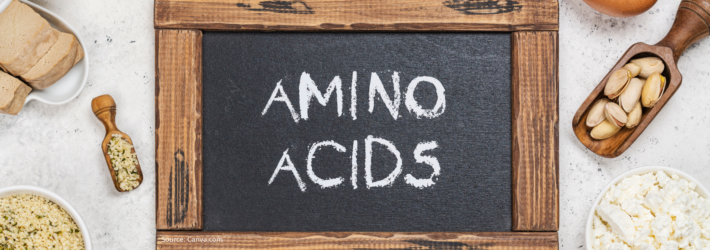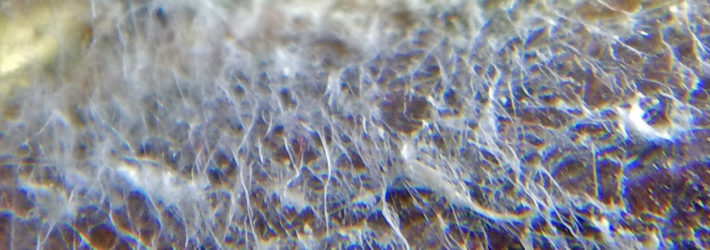Hippocrates in 400 BC stated: “death sits in the bowels” and “bad digestion is the root of all evil”
Did you realize that you have about 4-5 pounds of bacteria residing in your intestinal tract? These bacteria have the metabolic functions of an organ. So basically, you have an entire organ that I bet you didn’t know about. Most of the bacteria are located in the large intestine, while the numbers get smaller as you move higher up into the GI tract. The collection of bacteria in your GI tract is termed the gut microbiota or gut microbiome. The gut microbiome contains 10 times more cells than the cells in the entire human body! Here is a list of the benefits of the microbiota in the intestinal tract:
- Biotransformation of bile salts
- Production of micronutrients-biotin, folate pantothenic acid, riboflavin, thiamin, pyridoxine, cobalamin and vitamin K.
- Fermentation of substrates to form short chain fatty acids, which provide energy to the intestinal cells and other organisms
- Aiding in the metabolism and/or activation of medications (e.g., sulfasalazine, digoxin)
- Prevention of luminal colonization by pathogenic microorganisms-the beneficial bacteria keep pathogenic bacteria from taking over
- Promoting intestinal barrier integrity and reducing permeability-preventing unwanted compounds from entering the systemic blood supply
- Stimulation of the immune system-a large proportion of the immune system is located in the gut-greater than 50%!
Metagenomics is the study of microbes and human health. There is a huge project going on right now to sequence the microbes that reside in humans, called the Human Microbiome Project, very similar to the Human Genome Project.
 Dysbiosis is the term used to describe an altered microbiota. Either the pathogenic bacteria and other bacteria have overpowered the beneficial bacteria and taken over, or the composition of bacteria is out of balance. The small intestine can also become overgrown with bacteria, which is called small intestinal bacteria overgrowth (SIBO). Dysbiosis and SIBO have been linked to all kinds of chronic diseases such as type 1 diabetes, obesity, metabolic syndrome, type 2 diabetes, inflammatory bowel disease, celiac disease, irritable bowel syndrome, and food allergies, just to name a few!
Dysbiosis is the term used to describe an altered microbiota. Either the pathogenic bacteria and other bacteria have overpowered the beneficial bacteria and taken over, or the composition of bacteria is out of balance. The small intestine can also become overgrown with bacteria, which is called small intestinal bacteria overgrowth (SIBO). Dysbiosis and SIBO have been linked to all kinds of chronic diseases such as type 1 diabetes, obesity, metabolic syndrome, type 2 diabetes, inflammatory bowel disease, celiac disease, irritable bowel syndrome, and food allergies, just to name a few!
It is a delicate balancing act to keep the gut microbiome healthy. Medications, in particular antibiotics and diet can manipulate the gut microbiome (to name a few but we are just going to focus on these two). Antibiotics decrease all bacteria, both beneficial and pathogenic, which can cause dysbiosis if the beneficial bacteria that were lost are not replaced with probiotics (living microorganisms found in food that are beneficial to health). That is why many women will develop yeast infections after taking a course of antibiotics. The beneficial bacteria that normally keep yeast at bay were destroyed, allowing the yeast to overgrow. It is recommended to eat yogurt-an excellent probiotic, to restore the healthy flora after antibiotic treatment.
It has been known for years that breastfed infants have healthier GI tracts than formula fed infants. Breast milk has all kinds of substances that favor the growth of beneficial bacteria. The typical Western diet has been shown to have a negative effect on the gut microbiome, thus causing health problems. I love this article written by Michael Pollan “Some of My Best Friends Are Germs”



